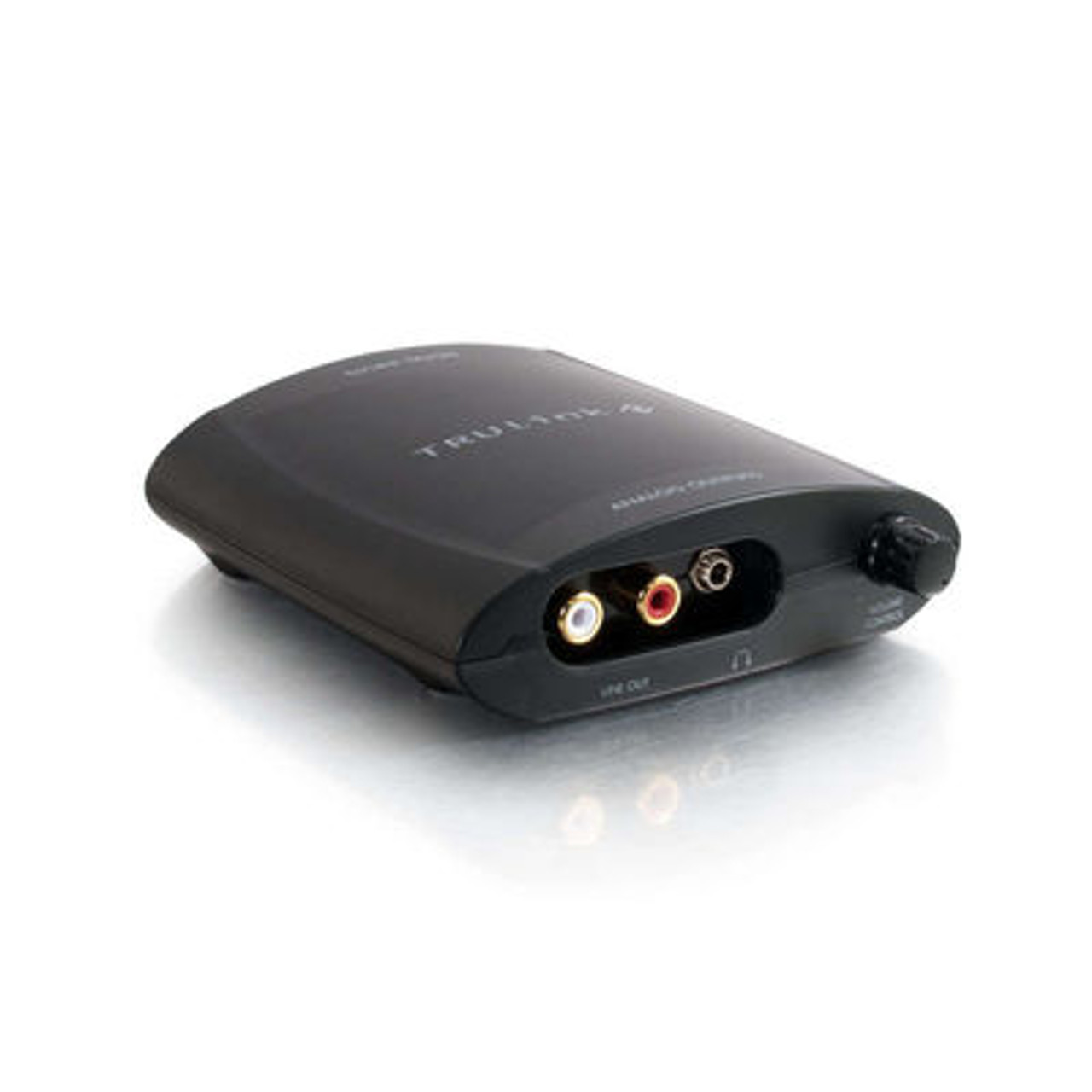

- #Digital to analog audio converter usb driver#
- #Digital to analog audio converter usb Pc#
- #Digital to analog audio converter usb professional#
- #Digital to analog audio converter usb series#
With this method, you can digitize your cassette by connecting the tape deck to the computer’s sound card. If you’re concerned about the sound quality, converting your analog audio to digital using a tape deck is the best option.

#Digital to analog audio converter usb driver#
It is also compatible with all operating systems and requires no driver installation on your computer.
#Digital to analog audio converter usb professional#
If your conversion requirements are small, the Reshow Cassette Player is one of the popular converters out there. The more professional ones like the ION Audio Tape 2 Converter comes at a price, but the device comes with dual cassette decks as well as USB and RCA cables. If you’re looking for the best analog to digital converters, there are several options available to choose from depending on your requirements. However, with this method, the sound quality will depend largely on the converter you buy.
#Digital to analog audio converter usb Pc#
All you need to do is plug the converter to your PC or Mac, insert the cassette into the device, and record the tape using the accompanying software. As the name suggests, these cassette converters come with a USB output to send audio signals to the computer. This is the easiest method to digitize your cassette. If you’re planning to digitize analog media yourself, you can do this by using: USB Cassette Converters In this case, it is more convenient to hire a company for the conversion. You might prefer doing it at home but might not have the proper devices at your disposal. To optimize their quality, you might need professional help. But most tapes and records have worn out over time. Yes, the process of digitizing a cassette tape or vinyl is fairly easy in itself. Can you easily convert analog audio to digital? So you must carefully decide the audio format you wish to convert to based on the purpose. You will also need a decent pair of headphones or speakers to be able to appreciate it. The difference might not be clear to the casual listener. But mp3 is clearly not as rich as the other formats. A sound engineer might prefer uncompressed files. The best way to listen to audio files today is by using lossless compression formats such as FLAC or ALAC. These are usually parts that have the least effect on the perception of sound quality. Lossy means that the file goes through the removal of several parts. These are still in use, though casual listeners prefer compression to save disk space.Ĭompressed audio can be in lossy formats, mp3 being the most common of these. The WAV for Microsoft and AIFF for Apple computers stored audio without compression. The introduction of computers made room for new formats of audio. Similarly, it is easier to e-mail someone an attachment than sending a physical copy. For example, you can use automation to generate transcripts of digital audio. The physical storage devices are vulnerable to damage or getting lost.ĭigital audio files are easy to share, edit, and transcribe.ĭigital is easy to share, edit, and you can even access it remotely with the emergence of cloud storage. With repeated usage, the sound on tapes starts getting distorted. But there are many problems associated with them. Many of these have sentimental value for past generations and some early millennials. Why do we need to convert analog to digital audio?Īnalog storage saves information physically. Unfortunately, these devices are prone to damage over time. Cassettes, in particular, made home-recording accessible. The devices most of us own are cassette tapes or vinyl records. The first viable units, though, were disk records. Early examples of audio devices are phonographs and cylinder records.
#Digital to analog audio converter usb series#
The audio devices of today developed over a series of iterations.

This presents a need for conversion methods. One cannot replace these once destroyed or damaged.

Home recordings, in particular, are priceless to the owner. In some cases, it is of historical or cultural importance. The outdated format carries information that is still valuable. This poses a problem for the owners of existing old tapes and vinyl records. Even the recordings take place as digital files. As a consequence, most modern audio players cater to digital audio formats. Most audio today exists in the form of digital files.


 0 kommentar(er)
0 kommentar(er)
